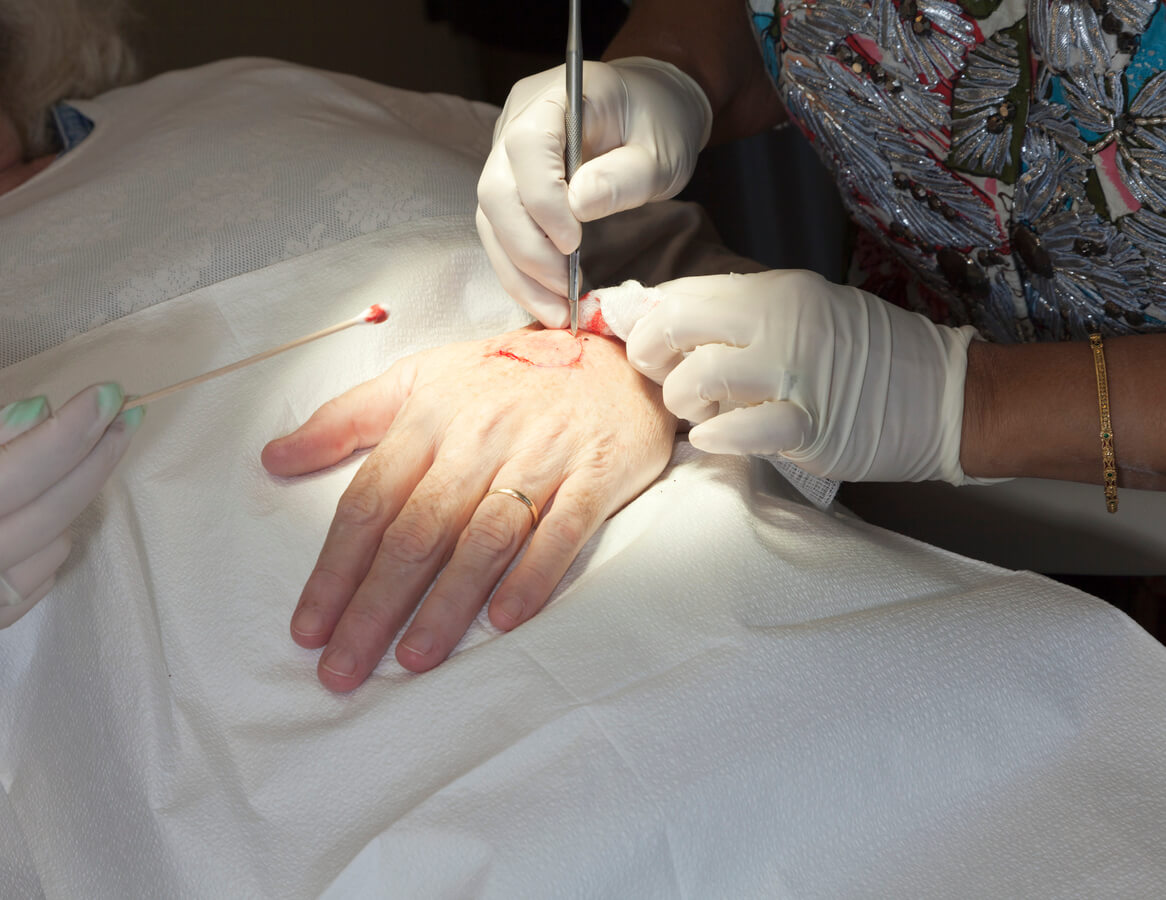Since it was developed in the 1930s, Mohs surgery (Mohs micrographic surgery) has become the widely preferred cancer treatment method—for a number of good reasons. To be specific, it delivers excellent cosmetic results, it is speedy and efficient, and it has the lowest recurrence rate and the highest likelihood of complete cure among all treatment methods.
If you’ve just received a skin cancer diagnosis and you want to learn more about Mohs surgery, the information we’ve provided below will help you get a good understanding of the procedure, particularly what to expect at your appointment and what the recovery entails.
What to Expect at Appointment
Mohs surgery is a quick procedure done on an outpatient basis under local anesthesia, and thus, it shouldn’t cause you so much anxiety. Nonetheless, if you’ve been prescribed anti-anxiety medication, your Mohs surgeon will likely advise that you bring it with you and give you time to take it before your procedure.
Below is a step-by-step guide to what will likely transpire during the procedure.
- First, your Mohs surgeon will anesthetize the area around the cancer cells. They will then cut out the raised or visible section of the skin cancer.
- Next, your surgeon will remove a thin layer of surrounding skin tissue from the affected area. They will then mark it for reference along with the surgical site.
- Your surgeon will then examine the tissue specimen under a microscope and identify the areas with cancer cells.
- Steps two and three may be repeated, if necessary, but just for areas with skin cancer cells. Albeit the exact approach depends on the tumor, it usually takes one to three rounds to ensure all the cancer cells are removed.
- Once the site is cancer-free, your surgeon may either leave the wound open to heal or close it with stitches, depending on its size and location.
- Your Mohs surgeon will schedule future appointments to monitor your recovery as well as watch out for any signs of skin cancer recurrence. This is your opportunity to ask questions or tell your surgeon about any concerns you may have.
Recovery from Mohs Surgery
Your Mohs surgeon will likely advise that you limit your activities following your procedure. You need to rest, which is essential for ensuring quicker healing and a more comfortable recovery.
It is important to take note that while Mohs surgery is the least invasive technique, it may still take up to six weeks for your wound to completely heal.
Expect to experience mild discomfort during this time, but it should subside within a few days. It’s imperative that you strictly follow your surgeon’s postoperative instructions (for wound and scar care) as well as see them for follow-up check-ups to achieve the best possible treatment outcome.
Mohs Surgery in Georgia
The success of Mohs surgery greatly hinges on a surgeon’s clinical acumen, skills, and accurate microscopic interpretation of carefully mapped specimens. Thus, if you’re looking for a Mohs surgeon, make sure they have the right combination of compassion, dedication to delivering unmatched patient outcomes, and the attributes mentioned above.
At Georgia Skin Cancer & Aesthetic Dermatology, our board-certified Mohs surgeon, Dr. Ross Campbell, has helped countless patients throughout Georgia win their battle against skin cancer. Let him help you, too!
To arrange an appointment with Dr. Campbell, please contact us at (706) 573-5858. You may also fill out this appointment request form, and our friendly staff will contact you promptly to schedule your visit. We have locations across Georgia: in Athens, Lake Oconee, Commerce, Elberton, Gainesville, and Winder.
